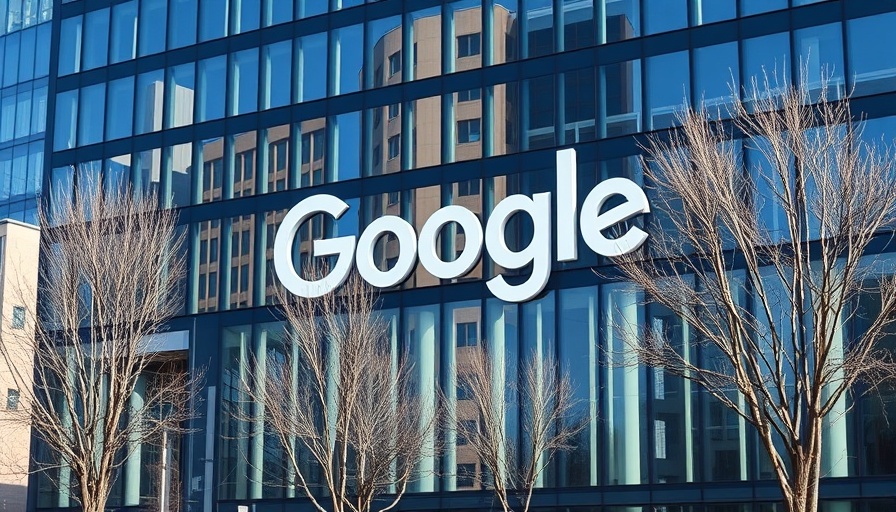
The Rising Trend of AI Talent Acquisition
In recent years, the tech industry has seen a seismic shift, with top artificial intelligence (AI) talent increasingly opting for lucrative job offers from established corporations rather than venturing out to start their own companies. Recently, Google made waves by poaching the founder of Windsurf, further highlighting this trend. The appeal of a substantial paycheck and the immediate impact some of the industry's giants can offer are outweighing the allure of entrepreneurship for many skilled professionals.
Why Are Talented Individuals Choosing Stability?
As competition for top talent intensifies, tech giants such as Google have been aggressively recruiting innovators. The promise of stability, funding, and resources offered by these companies is a major draw. Many skilled professionals come to realize that joining a larger organization may allow them to impact AI development projects at a much larger scale. A recent report indicated that companies are willing to significantly boost compensation to attract skilled workers, which can lead to a dramatic shift in the industry landscape.
Historical Context and Background
The evolution of the tech industry is defined not only by advancements in technology but also by the culture of its workforce. The startup scene, once the beacon of innovation and creativity, has faced numerous challenges in recent years. High-profile failures and market volatility have instilled a sense of fear in potential entrepreneurs, leading to a hesitance to take risks. For many, the financial security of established companies is simply too appealing to ignore, especially in an environment that has become increasingly uncertain.
Future Predictions: The Impact on Startup Culture
This continued migration of talent from startups to established firms may reshape the startup ecosystem. As fewer experienced individuals are available to lead new ventures, the frequency of groundbreaking innovations may decline. If this trend persists, we could see a stagnation in the type of disruptive technologies that have historically come from fledgling companies. Conversely, experienced talent within these big firms could foster innovation from within, potentially leading to significant advancements in AI and other digital technologies.
Unique Value of Knowing This Shift
Understanding the dynamics of talent acquisition in the AI industry is crucial for aspiring entrepreneurs and professionals alike. For those considering career paths, this trend could indicate a more stable route as they weigh options between starting a business and seeking opportunities within established corporations. Additionally, recognizing the value of experience in these large organizations can help new graduates make informed decisions about their future.
Addressing the Emotional Undertones
The shift from startups to stable employment can evoke a range of emotions. For many professionals, the dream of founding a startup is a personal ambition, representing freedom and innovation. However, the weight of pursuing this dream in a volatile landscape can lead to apprehension and anxiety. Balancing these feelings with the allure of attractive salaries and clear career paths in larger companies is a personal struggle that many are now facing. The challenge is to find a path that fulfills their ambitions without compromising their well-being.
A Final Thought on Innovation's Future
As the landscape of AI and tech evolves, it’s essential for both professionals and companies to remain adaptable. While the current trend favors the stability of larger organizations, the creativity that flourishes in startups should not be forgotten. The hope is that the industry can strike a balance, creating environments where innovation and stability coexist. Future progress may depend on how organizations and talent navigate this important crossroad.
As we analyze these shifts, it's crucial for both next-generation innovators and established firms to recognize the importance of mentorship, collaboration, and a supportive ecosystem to foster the potential of great ideas. By drawing on industry insights and experiences, we can navigate a path forward that honors both ambitions and realities.
 Add Row
Add Row  Add
Add 




 Add Row
Add Row  Add
Add 
Write A Comment